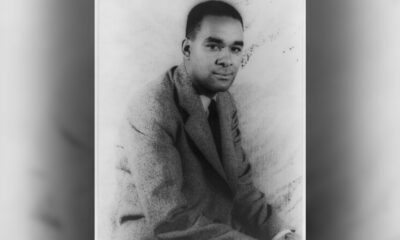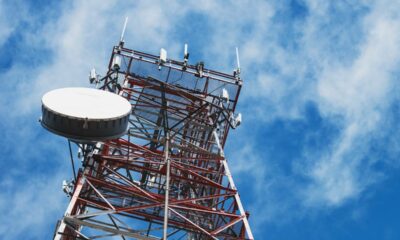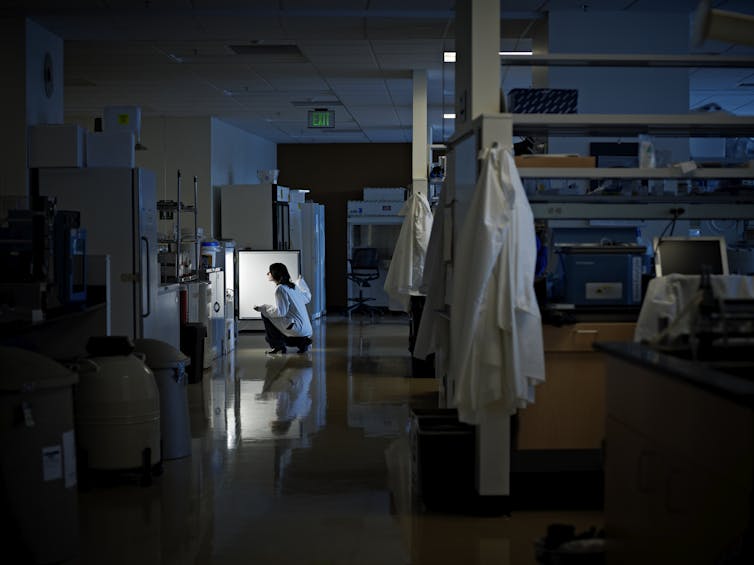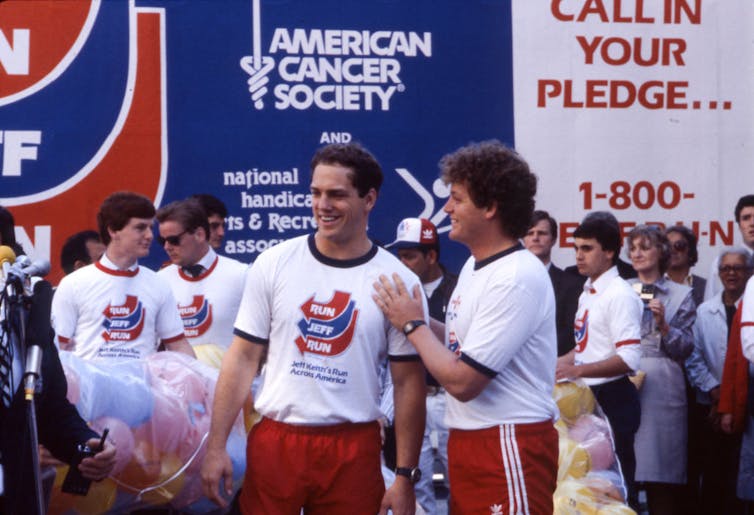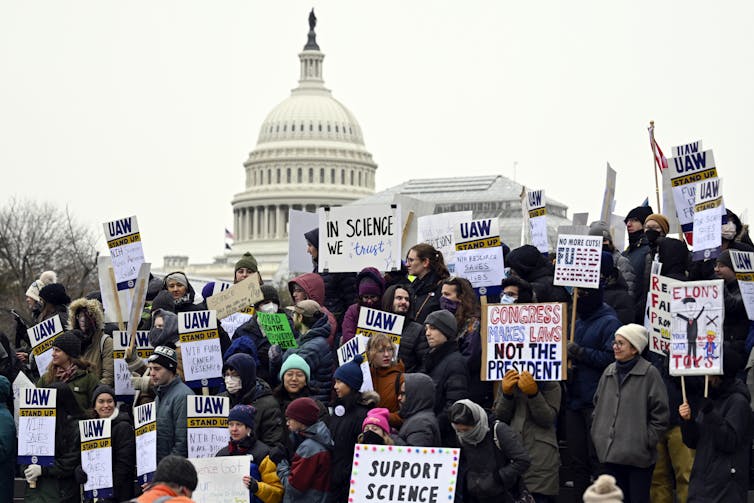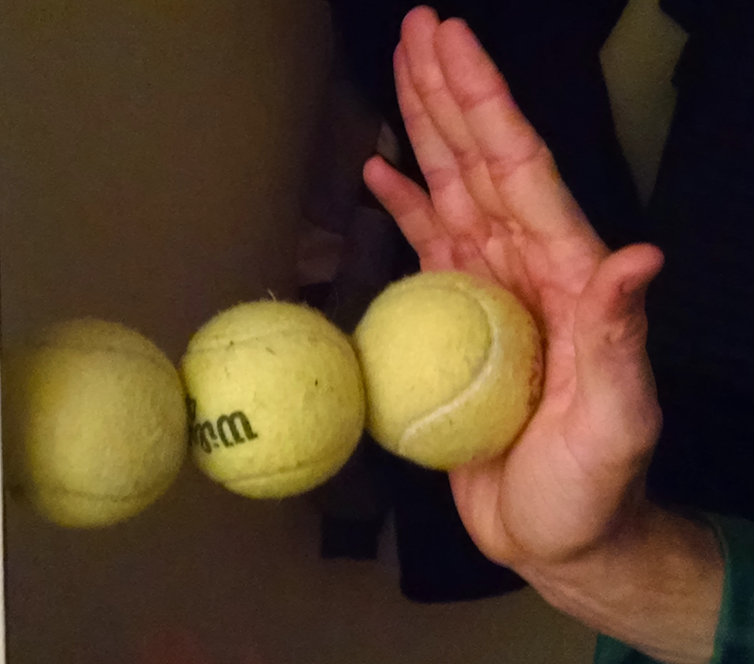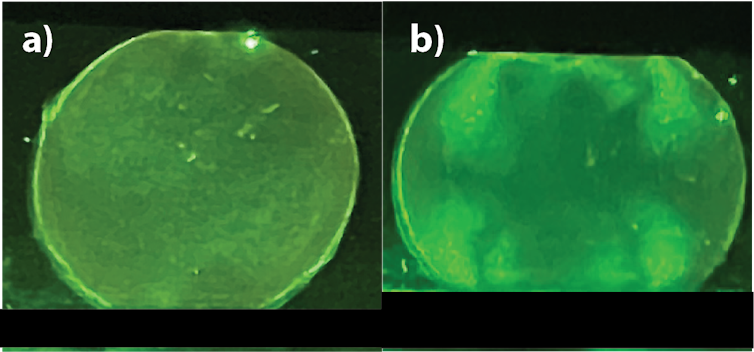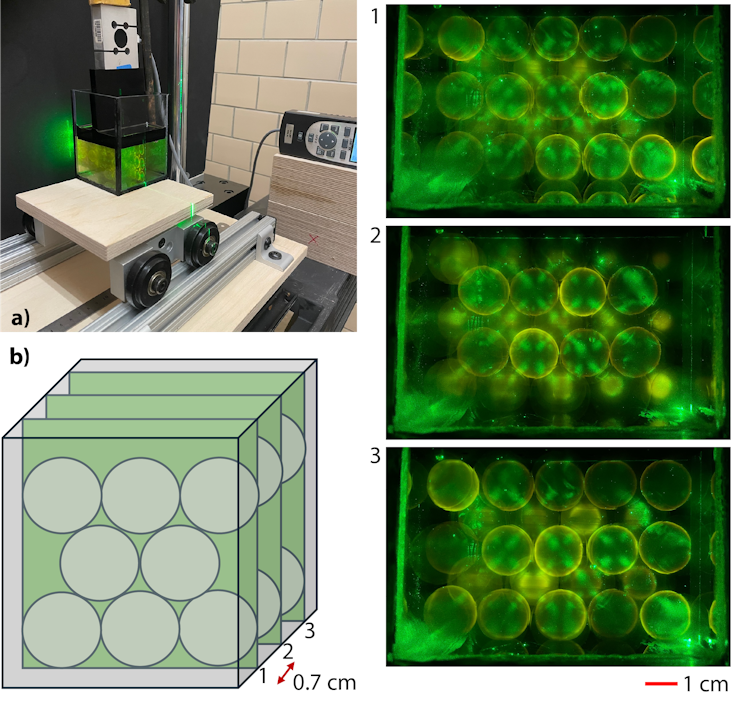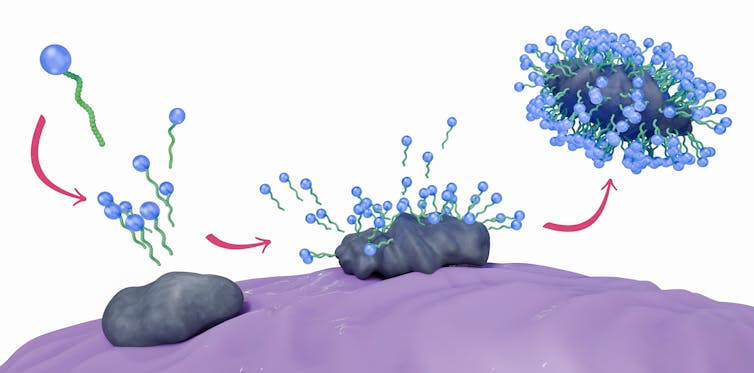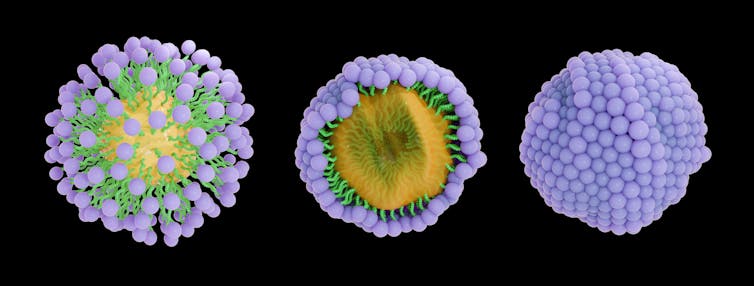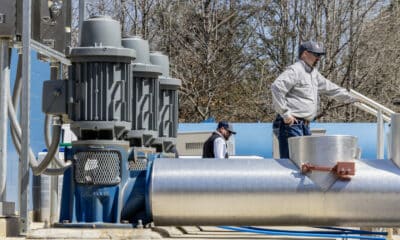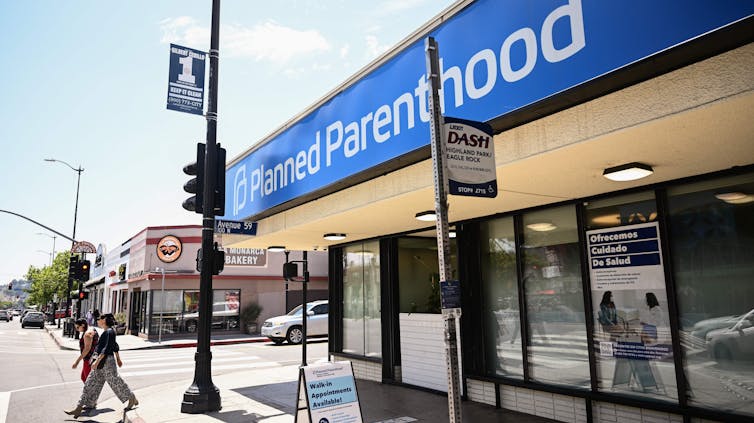
Patrick T. Fallon/AFP via Getty Images
Naomi Cahn, University of Virginia and Sonia Suter, George Washington University
Having the freedom to choose your own health care provider is something many Americans take for granted. But the Supreme Court is weighing whether people who rely on Medicaid for their health insurance have that right, and if they do – is it enforceable by law?
That’s the key question at the heart of a case, Medina v. Planned Parenthood South Atlantic, that began during President Donald Trump’s first term in office.
“There’s a right, and the right is the right to choose your doctor,” said Justice Elena Kagan on April 2, 2025, during oral arguments on the case. John J. Bursch, the Alliance Defending Freedom lawyer who is representing South Carolina Director of Health and Human Services Eunice Medina, countered that none of the words in the underlying statute had what he called a “rights-creating pedigree.”
As law professors who teach courses about health and poverty law as well as reproductive justice, we think this case could affect access to health care for 72 million Americans, including low-income people and their children and people with disabilities.
Excluding Planned Parenthood
The case started with Julie Edwards, who is enrolled in Medicaid and lives in South Carolina. After she struggled to get contraceptive services, she was able to receive care from a Planned Parenthood South Atlantic clinic in Columbia, South Carolina.
Planned Parenthood, an array of nonprofits with roots that date back more than a century, is among the nation’s top providers of reproductive services. It operates two clinics in South Carolina, where Medicaid patients can get physical exams, cancer screenings, contraception and other services. It also provides same-day appointments and keeps long hours.
In July 2018, however, South Carolina Gov. Henry McMaster issued an executive order that barred health care providers in South Carolina that offer abortions from reimbursement through Medicaid.
That meant Planned Parenthood, a longtime target of conservatives’ ire, would no longer be reimbursed for any type of care for Medicaid patients, preventing Edwards from transferring all her gynecological care to that office as she had hoped to do.
Planned Parenthood and Edwards sued South Carolina, claiming that the state was violating the federal Medicare and Medicaid Act, which Congress passed in 1965, by not letting Edwards obtain care from the provider of her choice.
A ‘free-choice-of-provider’ requirement
Medicaid operates as a partnership between the federal government and the states. Congress passed the law that led to its creation based on its power under the Constitution’s spending clause, which allows Congress to subject federal funds to certain requirements.
Two years later, due to concerns that states were restricting which providers Medicaid recipients could choose, Congress added a “free-choice-of-provider” requirement to the program. It states that people enrolled in Medicaid “may obtain such assistance from any institution, agency, community pharmacy, or person, qualified to perform the service or services required.”
This provision is at the core of this case. At issue is whether a civil rights statute provides a right for Medicaid beneficiaries to sue a state when their federal rights have been violated. Known as Section 1983, it was enacted in 1871.
Bursch, backed by the Trump administration, argued before the court that the absence of words like “right” in the Medicaid provision that requires states to provide a free choice of provider means that neither Edwards nor Planned Parenthood has the authority to file a lawsuit to enforce this aspect of the Medicaid statute.
Nicole A. Saharsky, Planned Parenthood’s lawyer, argued that the creation of a right shouldn’t depend on “some kind of magic words test.” Instead, she said it was clear that the Medicaid statute created “a right to choose their own doctor” because “it’s mandatory” that the state provide this option to everyone with health insurance through Medicaid.
She also emphasized that Congress wanted to protect “an intensely personal right” to be able “to choose your doctor, the person that you see when you’re at your most vulnerable, facing … some of the most significant … challenges to your life and your health.”
Restricting Medicaid funds
Through a federal law known as the Hyde Amendment, Medicaid cannot reimburse health care providers for the cost of abortions, with a few exceptions: when a patient’s life is at risk or her pregnancy is due to rape or incest. Some states do cover abortion when their laws allow it, without using any federal funds.
Therefore, Planned Parenthood only gets federal Medicaid funds for abortions in those limited circumstances.
McMaster explained that he removed “abortion clinics,” including Planned Parenthood, from the South Carolina Medicaid Program because he didn’t want state funds to indirectly subsidize abortions.
South Carolina “decided that Planned Parenthood was unqualified for many reasons, chiefly because they’re the nation’s largest abortion provider,” Bursch told the Supreme Court.
But only 3% of Planned Parenthood’s services nationwide last year were related to abortion. Its most common service is testing for sexually transmitted diseases. Across the nation, Planned Parenthood provides health care to more than 2 million patients per year, most of whom have low incomes.
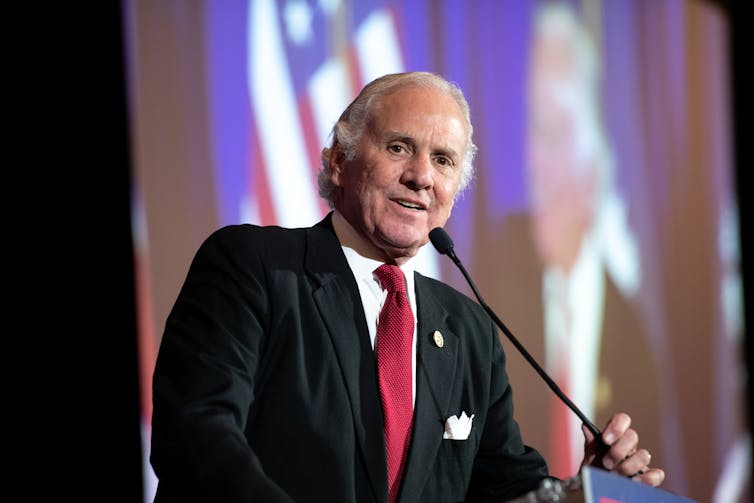
Photo by Sean Rayford/Getty Images
Section 1983
Because the Medicaid statute itself does not allow an individual to sue, Edwards and Planned Parenthood are relying on Section 1983.
Lower courts have repeatedly upheld that the Medicaid statute provides Edwards with the right to obtain Medicaid-funded health care at her local Planned Parenthood clinic.
And the Supreme Court has long recognized that Section 1983 protects an individual’s ability to sue when their rights under a federal statute have been violated.
In 2023, for example, the court found such a right under the Medicaid Nursing Home Reform Act. The court held that Section 1983 confers the right to sue when a statute’s provisions “unambiguously confer individual federal rights.”
Consequences beyond South Carolina
The court’s decision in the Medina case on whether Medicaid patients can choose their own health care provider could have consequences far beyond South Carolina. Arkansas, Missouri and Texas have already barred Planned Parenthood from getting reimbursed by Medicaid for any kind of health care. More states could follow suit.
In addition, given Planned Parenthood’s role in providing expansive contraceptive care, disqualifying it from Medicaid could harm access to health care and increase the already-high unintended pregnancy rate in America.
The ramifications, likewise, could extend beyond the finances of Planned Parenthood.
If the court rules in South Carolina’s favor, states could also try to exclude providers based on other characteristics, such as whether their employees belong to unions or if they provide their patients with gender-affirming care, further restricting patients’ choices.
Or, as Kagan observed, states could go the opposite direction and exclude providers that don’t provide abortions and so forth. What’s really at stake, she said, is whether a patient is “entitled to see” the provider they choose regardless of what their state happens to “think about contraception or abortion or gender transition treatment.”
If the Supreme Court rules that Edwards does have a right to get health care at a Planned Parenthood clinic, the controversy would not be over. The lower courts would then have to decide whether South Carolina appropriately removed Planned Parenthood from Medicaid as an “unqualified provider.”
And if the Supreme Court rules in favor of South Carolina, then Planned Parenthood could still sue South Carolina over its decision to find them to be unqualified.![]()
Naomi Cahn, Professor of Law, University of Virginia and Sonia Suter, Professor of Law, George Washington University
This article is republished from The Conversation under a Creative Commons license. Read the original article.

